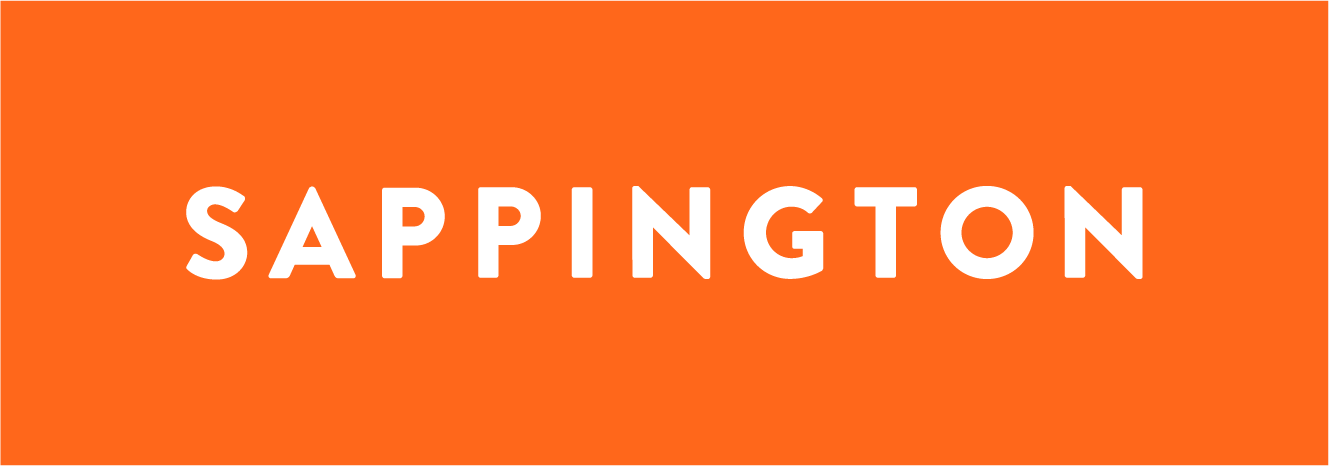My Digital Twin
What does NASA have to do with AI and the future of work?
When NASA sent Neil Armstrong and Buzz Aldrin to the moon half a century ago, it ignited our imaginations and gave birth to new industries based on microelectronics, software, and communications. NASA also had another less visible but equally vital innovation: a physical twin of the Apollo 11 spacecraft that stayed on the ground in Houston. This twin allowed NASA to test and fix problems without endangering the mission or the astronauts. It was essential during the Apollo 13 crisis when an oxygen tank exploded in the spacecraft, and NASA used the twin to find a way to bring the crew back safely.
Today, this concept of a physical twin has evolved into a digital twin. These dynamic, virtual models of physical systems let us experiment in the digital world with low cost and risk. For example, a manufacturing plant can have a digital twin to identify potential issues at the physical plant before they happen.
W H A T I F ?
With the advent of powerful new technologies like generative AI, we could go further and all have a digital twin that does much of our work for us?
T H E J O U R N E Y H A S
A L R E A D Y B E G U N
LET’S TAKE A STEP BACK AND SEE HOW WE MAY ALREADY HAVE BEGUN THE JOURNEY TO GET US THERE.
As a technology marketing firm, Sappington operates at the forefront of innovation. There’s no shortage of digital tools we’ve used to be successful for our clients and ourselves. While these technologies have certainly evolved—excepting cloud and the possibilities that come with it—there’s been practically no significant jump forward in the tech we rely on.
But with the rapid growth and popularity of generative AI tools like ChatGPT, Midjourney, Jasper AI, and others, this is the first time in decades a breakthrough innovation that can really make a difference in how we work has become available. This has recently been quantified: a year-long study on AI in the workplace confirmed that AI tools can significantly increase employee productivity and save managers’ time.
AI, at its core, is about data. It needs the right inputs to learn. When it has the right inputs, it can draw on that information to reproduce knowledge and develop outputs at a speed well beyond that of a human being.
Looking back at the history of tech innovation, we’ve been very intentional about creating technologies that can make our lives easier. What’s a dishwasher, if not a twin that can do our dishes? What’s a calculator, if not a twin that can crunch numbers for us? We now have digital vacuum cleaners and lawnmowers that employ AI to learn the unique footprints of our homes and yards so they can act as twins that do the work for us.
BUT THESE TOOLS HAVE BEEN HIGHLY SEGMENTED BASED ON SPECIFIC CHORES AND TASKS.
What if we could break out of segmented chores and create a digital twin of ourselves that could perform our duties as knowledge workers?
All it would take is data, our data: every email we’ve ever sent and received, every memo or creative piece we’ve ever penned, every presentation we’ve ever created. A personal AI data set could learn about every salient detail in our field, every company and customer we work with, including their specific brand and style guides, and all we’ve acquired in training and skilling courses.
A digital twin could do much of the undifferentiated heavy lifting for us. Imagine a world where your digital twin crafts your communications, drafts your messaging frameworks based on current marketplace realities, and creates your marketing presentations. All you have to do is check the outputs, make small tweaks, and approve the assets for final use.
Now, I know what you’re thinking. “This is fascinating, but at what point will my digital twin move beyond helping me in these radical ways and just replace me?” The truth is, we don’t yet know all the ramifications of generative AI for knowledge workers. But here’s the critical thing: AI isn’t human. It’s not sentient, doesn’t feel or have emotional experiences. It doesn’t learn the same way we do.
“The truth is, we don’t yet know all the ramifications of generative AI for knowledge workers.”
AI is no more than artificial intelligence demonstrated by machines in contrast to the natural intelligence of humans. Your digital twin is a database of your unique lived experience, knowledge, voice, tone, and style. It’s different from any other digital twin, just as you are different from any other human. When you—or someone else—rely on your digital twin, they’re actually relying on a mediated version of you. As you continue to learn and grow and are shaped by your experiences, your digital twin continues to learn from you.
“What could I do as my digital twin performs my routine professional tasks?”
It’s clear there will be many more advances in generative AI—we’ve only scratched the surface. The big question might not be, “Will I be replaced?” But rather something like, “Just as the dishwasher hums and the vacuum drones in the background while I do more important things, what could I do as my digital twin performs my routine professional tasks?” Would your job morph into something else? Would you be able to focus on the two or three most critical parts of your job? Would you be able to devote more quality time to the specific needs of your customers?
Or would your digital twin provide you more leisure time, leading to a two-day work week? Will AI make the dream of work-life balance come true in a richer, more compelling way than we’ve ever thought possible?









